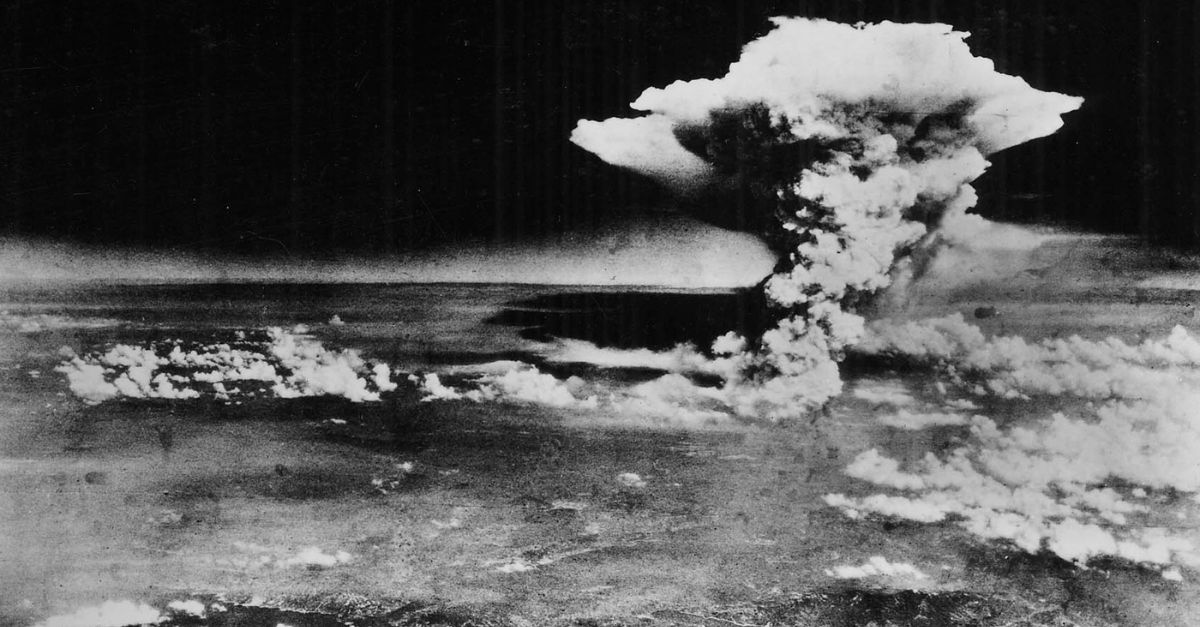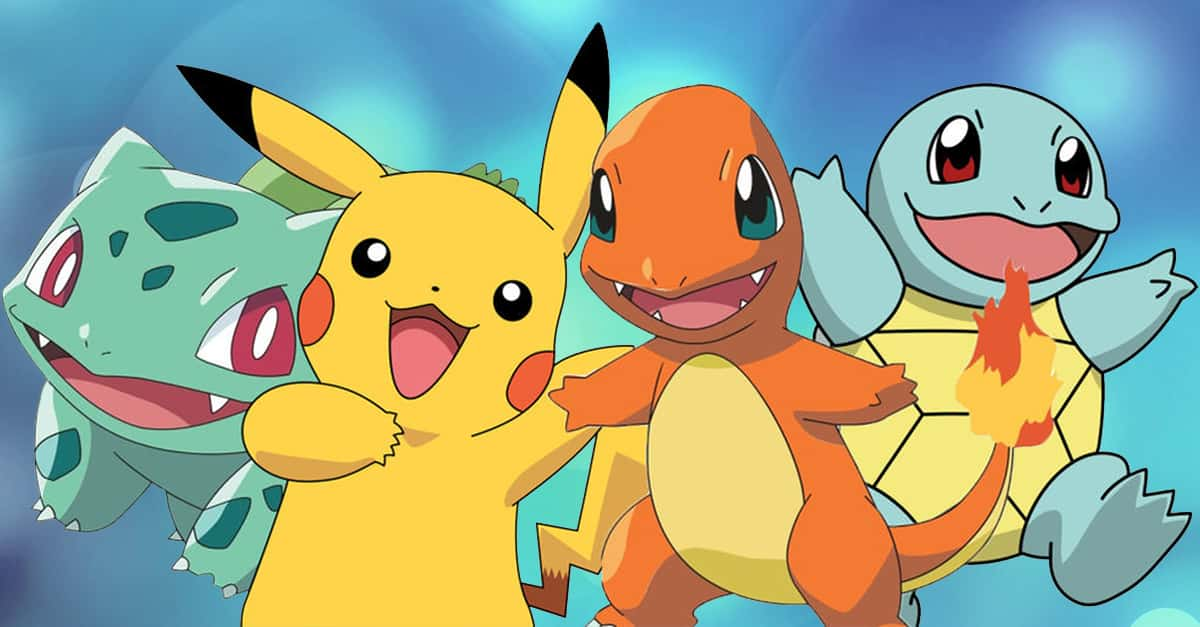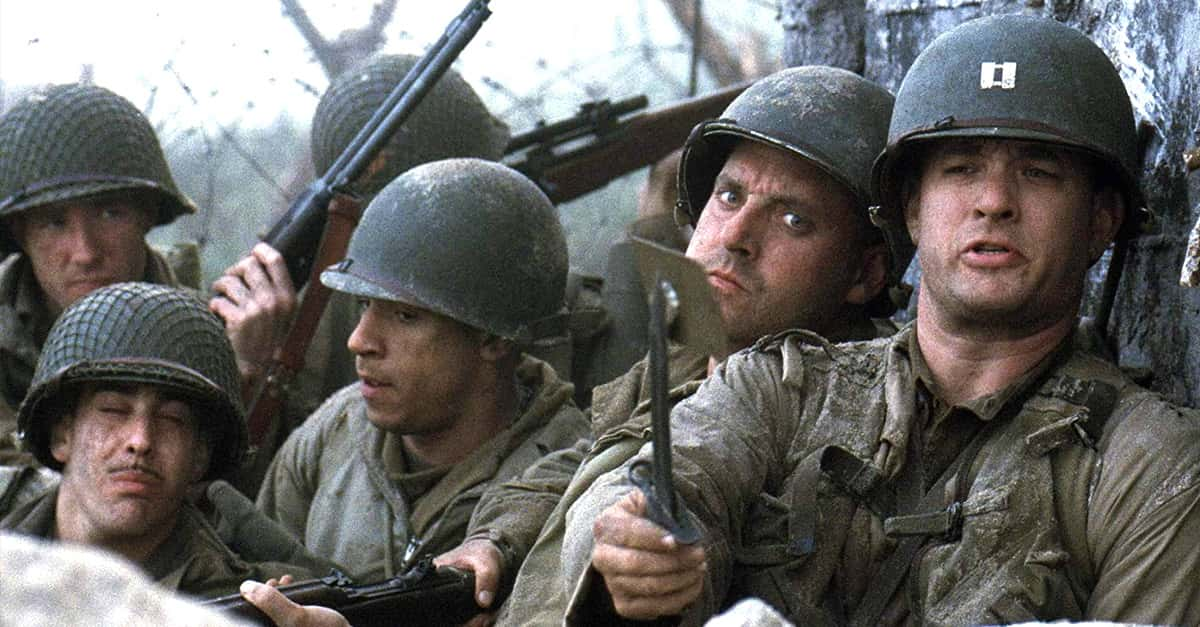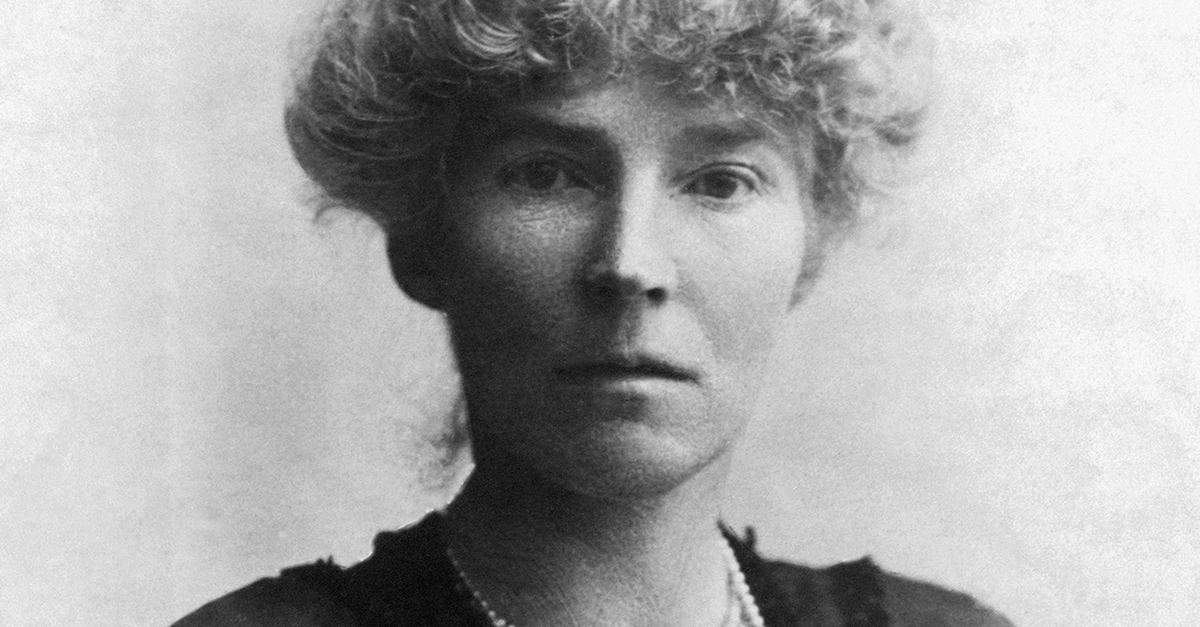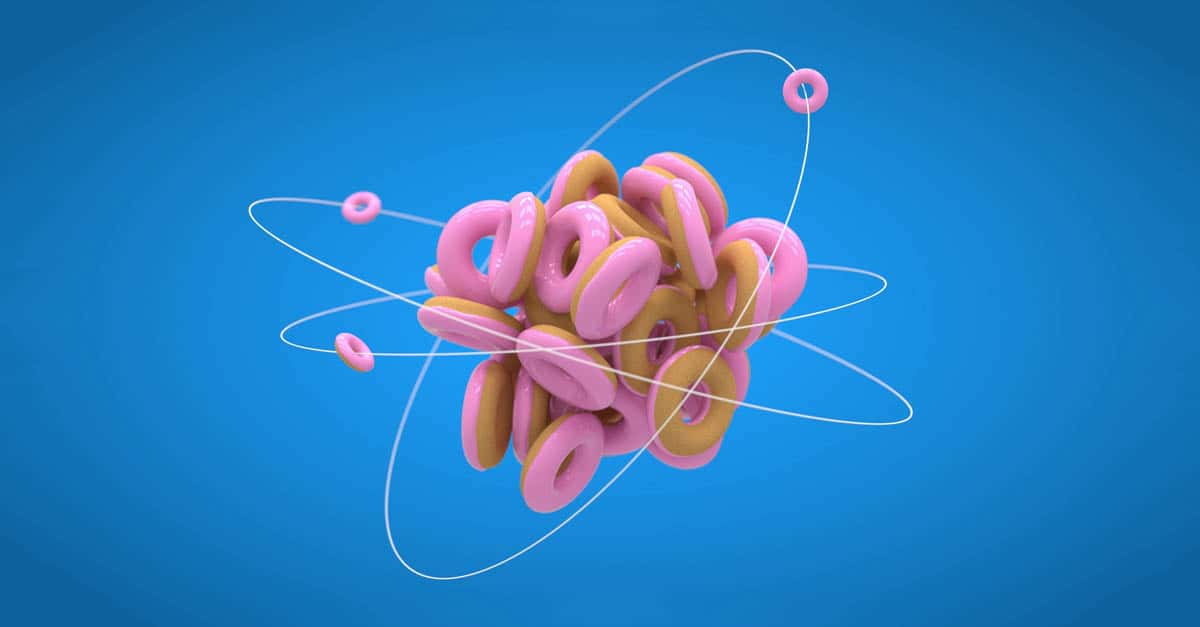Hidden Truths About The Bombings
The bombardment of Hiroshima and Nagasaki is one of the most haunting events in modern history. Some suggest that without these necessary evil actions, millions would not have lost their lives. Is this true?
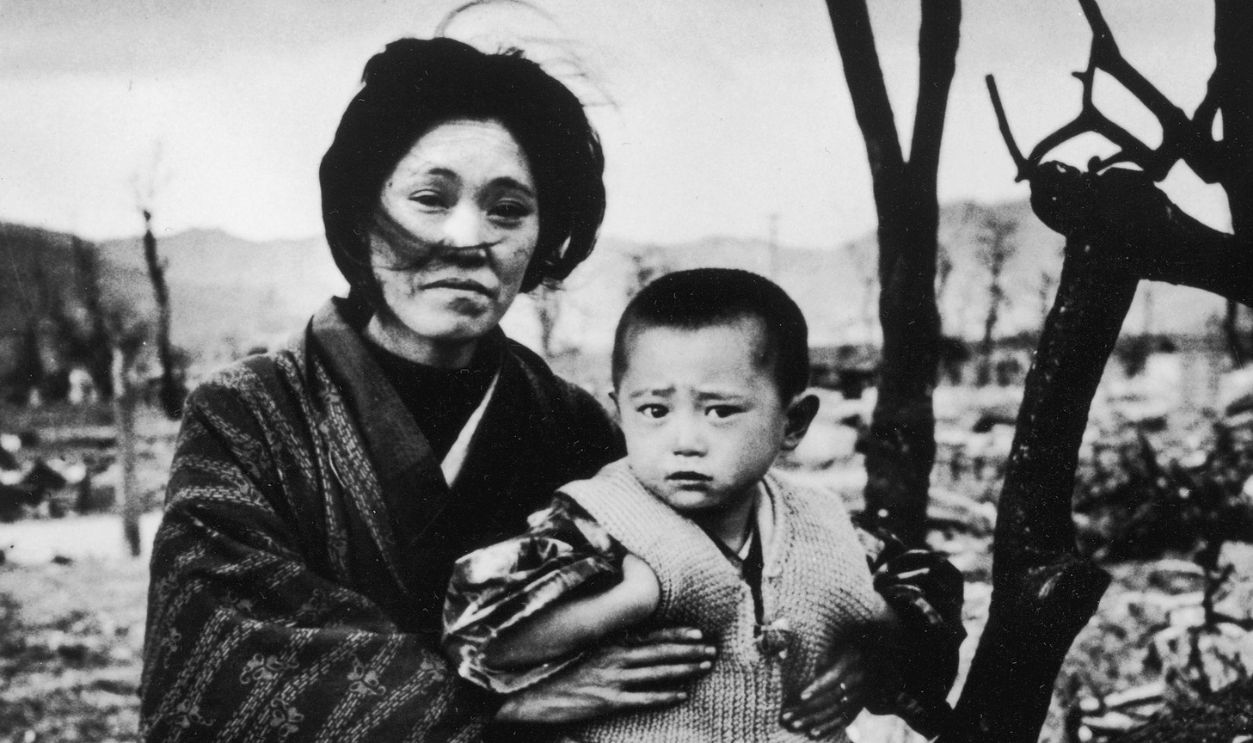
Reflecting On The Atomic Bombs
It's true that the atomic bombardment of Hiroshima and Nagasaki in August 1945 remains among the most catastrophic events in human history. With a single explosion over each city, entire communities were annihilated to leave scars that endure to this day.
 George R. Caron, Wikimedia Commons
George R. Caron, Wikimedia Commons
Catastrophic Results
The immediate devastation was unfathomable: Tens of thousands perished in seconds, while many more succumbed to significant injuries and radiation exposure in the following weeks. Beyond the death toll, the bombardments reshaped geopolitics to usher in the nuclear age.
These Are The Only Ones
So far, the world seems to have learned its lesson, as these incidents remain the only instances where nuclear arms were used in a conflict. By mid-1945, WW2 had raged for six years, and Japan was the final Axis power yet to surrender.
 U.S. Department of Defense, Wikimedia Commons
U.S. Department of Defense, Wikimedia Commons
As A Result Of The Manhattan Project
Leslie Groves and J. Robert Oppenheimer supervised the Manhattan Project, a massive initiative that developed nuclear explosives. President Harry Truman faced a monumental decision: Should he deploy these new arms to force Japan's surrender or continue conventional attacks?
 doe-oakridge, Wikimedia Commons
doe-oakridge, Wikimedia Commons
But More Were Planned
As a matter of fact, American leaders were ready to drop more explosives later that year, regardless of the devastation and destruction. They thought that two explosives wouldn't be enough to break the willpower of Japan. Nevertheless, they were wrong.
There Were Motives
The decision to use atomic explosives was rooted in a strategy aimed at achieving a swift end to the conflict while minimizing American casualties. By mid-1945, the US forces faced the daunting prospect of invading Japan, a campaign projected to result in millions of casualties on both sides.
 Unknown Author, Wikimedia Commons
Unknown Author, Wikimedia Commons
But Were They Strong Enough?
Many saw that the blasts would force Japan to surrender without the need for a prolonged and horrifying invasion. Additionally, the US sought to justify the enormous financial and scientific investment in the Manhattan Project by deploying the explosives in combat.
 James E. Westcott, official US Army Manhattan Project photographer, Wikimedia Commons
James E. Westcott, official US Army Manhattan Project photographer, Wikimedia Commons
The Franck Report
In June 1945, several scientists signed the Franck Report. It suggested that it was impossible for the US to keep the atomic secret but it shouldn't be used on an enemy. Instead, a demonstration of its power on a barren island would have been enough.
 Jean-Jacques MILAN/Photographie - 31/humain, Wikimedia Commons
Jean-Jacques MILAN/Photographie - 31/humain, Wikimedia Commons
It Was Neglected For The Evil Necessity
Those who were for the project explained that it was the only way to save the world. Little Boy, a uranium-based explosive, destroyed Hiroshima on August 6, 1945, while Fat Man, a plutonium-based one, devastated Nagasaki on August 9. Together, they demonstrated an unparalleled destructive power.
 War Department. Office of the Chief of Engineers. Manhattan Engineer District., Wikimedia Commons
War Department. Office of the Chief of Engineers. Manhattan Engineer District., Wikimedia Commons
Truman's Perspective
President Harry S. Truman, who had taken office after Franklin D. Roosevelt, viewed the blasts as a necessary step to end the fight swiftly. He faced immense pressure to justify the immense cost of the Manhattan Project and deliver a decisive victory.
 Chase-Statler, Wikimedia Commons
Chase-Statler, Wikimedia Commons
He Defended His Decision
Truman defended his decision until the day he passed away. He even stated that warnings about target cities were dropped on the Japanese people to pressure their governments. Although different versions of these pamphlets existed, the early ones didn't include the name of Nagasaki as a target.
 National Archives, Wikimedia Commons
National Archives, Wikimedia Commons
Was It The Only Way Out?
Strategic advisors warned that an invasion of Japan's home islands, codenamed Operation Downfall, could result in as many as a million American casualties. Truman's statements framed the blasts as a means to save lives on both sides, but declassified documents reveal additional motives.
 U.S. military photography (米軍撮影), Wikimedia Commons
U.S. military photography (米軍撮影), Wikimedia Commons
Bad Luck In Action
The second primary target was Kyoto. However, Secretary of War Henry Stimson decided to cross it off because he thought it was too important as a cultural center. Fog on the day of the second blasting forced pilots to steer away from Kokura, now part of Kitakyushu, and head to Nagasaki.
 Adansijav Official, Shutterstock
Adansijav Official, Shutterstock
It Was A Power Display
Dropping the nuclear arms served as a geopolitical signal to the Soviet Union. It showed the United States' superiority in the emerging post-WW2 order. Despite later criticism, Truman maintained his stance and argued that his decision shortened the suffering and prevented further bloodshed.
 James Charles, Wikimedia Commons
James Charles, Wikimedia Commons
Japan Had A Different Story
However, historical documents tell a different story. Japan faced crippling shortages of food and resources due to relentless Allied attacks and a successful naval blockade. High-ranking officials in Japan's government debated surrender, but the country's leadership adhered to the "never-surrender" ethos of Bushido.
 Burke, Frank Albert Charles, Wikimedia Commons
Burke, Frank Albert Charles, Wikimedia Commons
Was It Really Necessary?
Historians have debated whether Japan was ready to surrender before the atomic explosives were dropped. American intelligence later concluded that Japan likely would have surrendered by the end of 1945, even without the use of nuclear explosives.
 Unknown Author, Wikimedia Commons
Unknown Author, Wikimedia Commons
The Results Were Controversial
Conventional campaigns, such as the blasting of Tokyo, killed over 100,000 people and left more homeless. These attacks had already shattered Japan's industrial capacity and morale. Intelligence suggested that Japan's worsening conditions would have led to surrender without nuclear intervention.
 Ishikawa Kōyō日本語: 石川光陽, Wikimedia Commons
Ishikawa Kōyō日本語: 石川光陽, Wikimedia Commons
As The Cost Was Too High
Opponents highlight intercepted Japanese communications indicating a willingness to negotiate peace, provided the emperor's position was preserved. The debate often digs into ethical considerations, questioning whether the civilian toll of the blasts—estimated at over 200,000 lives—can ever be justified.
 Unknown Author, Wikimedia Commons
Unknown Author, Wikimedia Commons
Many Disagreed, Though
Critics of this conclusion argue that the documents underestimate Japan's resolve to fight and overstate the effectiveness of conventional fighting. Still, its findings have fueled ongoing debates about whether the bombardments were truly necessary to end the conflict.
 Burnt Pineapple Productions, CC0, Wikimedia Commons
Burnt Pineapple Productions, CC0, Wikimedia Commons
The Soviet Union Played A Major Role
One overlooked factor was Japan's attempt to negotiate peace through the Soviet Union. Japan sought to preserve the emperor's role and avoid unconditional surrender, but these overtures were rejected. The Japanese government thought that the Soviets would help.
 NuclearVacuum, CC BY-SA 3.0, Wikimedia Commons
NuclearVacuum, CC BY-SA 3.0, Wikimedia Commons
Emperor Hirohito Had So Much Faith
In the months leading up to the bombardments, Japan's leadership, including Emperor Hirohito, sought to end the conflict while preserving the imperial system. Recognizing the strategic importance of the Soviet Union, Hirohito directed his government to approach Soviet leader Joseph Stalin to mediate peace between Japan and the Allies.
 Unknown Author, Wikimedia Commons
Unknown Author, Wikimedia Commons
It Could Have Ended Differently
Japan hoped that Stalin, according to the Soviet-Japanese Neutrality Pact of 1941, would act as an intermediary. In July 1945, Hirohito's emissaries sent multiple messages emphasizing Japan's willingness to negotiate. However, Stalin was planning to enter the fight against Japan as part of agreements made at the Yalta Conference.
 Grambaba, CC BY-SA 4.0, Wikimedia Commons
Grambaba, CC BY-SA 4.0, Wikimedia Commons
The Pact Was Broken
This Neutrality Pact was signed to protect both countries. Japan and the USSR could focus on fewer conflict fronts, which meant that their resources wouldn't be depleted. However, Stalin agreed to attack Japan once Germany was defeated.
Because Stalin Was Ambitious
Joseph Stalin was an ambitious man, but he wanted to avoid more fronts. However, with Germany's defeat, it was clear that he could gain land in the Far East. His European front was gone, and this meant he could claim Manchuria.
 Unknown Author, Wikimedia Commons
Unknown Author, Wikimedia Commons
The Bitter Truth
Japan was devastated to know that the Soviet Union was actually planning to invade. As a matter of fact, the Soviets started moving, and the Japanese lost some territories. Intercepted Japanese communications showed internal divisions as the Allies demanded full compliance with the Potsdam Declaration.
 Bundesarchiv, CC-BY-SA 3.0, Wikimedia Commons
Bundesarchiv, CC-BY-SA 3.0, Wikimedia Commons
The Soviet Union Betrayed The Japanese
The Soviet Union's declaration of attack against Japan on August 8, 1945, played a significant role in Japan's decision to surrender. The rapid Soviet advance in Manchuria overwhelmed the Japanese forces and showed that Japan faced insurmountable odds on two fronts.
 Pauley Reparations Mission, Wikimedia Commons
Pauley Reparations Mission, Wikimedia Commons
Stalin Chose The Right Time
Soviet leader Joseph Stalin timed the declaration to coincide with the use of atomic explosives to fulfill commitments made at the Yalta Conference. He agreed with the Allies that the Soviet Union would enter the Pacific War within three months of Germany's defeat.
 United States Army 12th Air Force, Wikimedia Commons
United States Army 12th Air Force, Wikimedia Commons
Millions Of Soldiers Got To Action
Over a million Soviet troops started invading Japanese-controlled Manchuria in a highly coordinated campaign. The unexpected betrayal of the 1941 Soviet-Japanese Neutrality Pact confused Japan, as its forces were already thin. For the Japanese leadership, the Soviet declaration was a devastating blow.
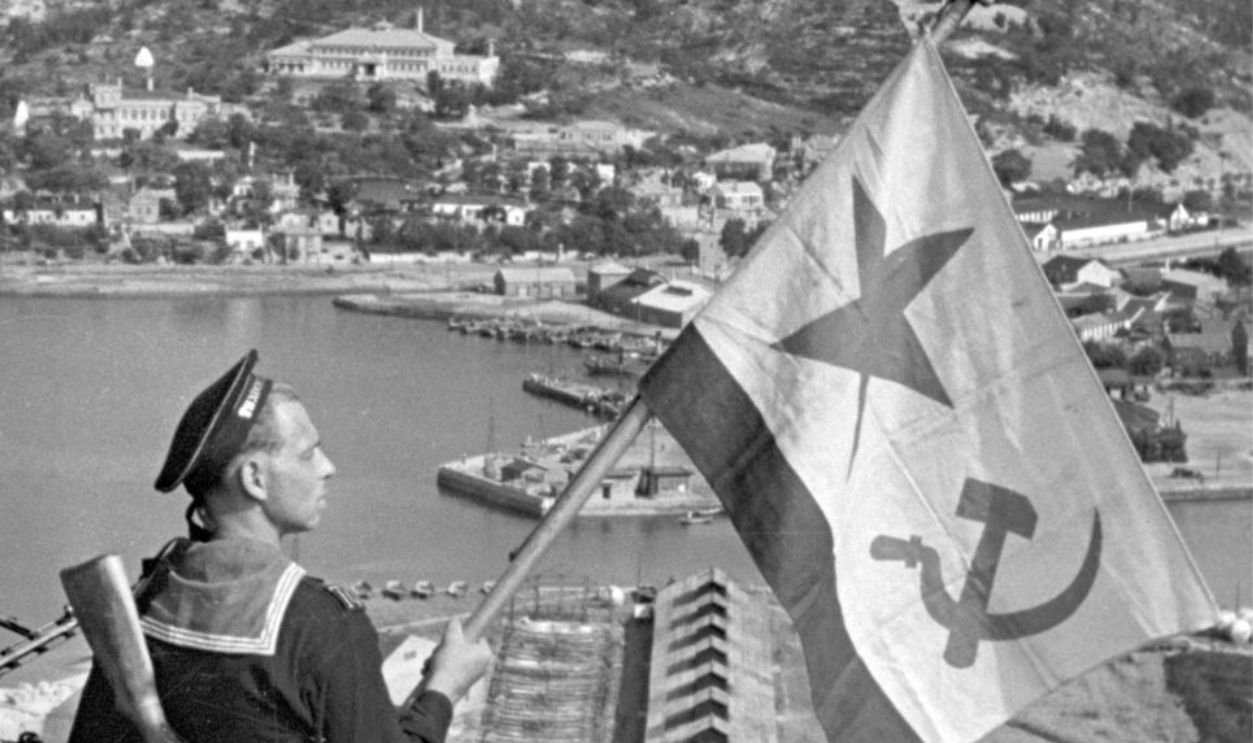 RIA Novosti, CC BY-SA 3.0, Wikimedia Commons
RIA Novosti, CC BY-SA 3.0, Wikimedia Commons
And It Didn't End Well For Japan
The swift and overwhelming Soviet offensive in Manchuria decimated the Japanese Kwantung Army, once considered one of Japan's most formidable forces. Soviet advances were not limited to Manchuria—they also targeted Korea and the Kuril Islands, further eroding Japan's capacity to resist.
 Unknown Author, Wikimedia Commons
Unknown Author, Wikimedia Commons
Hirohito's Cabinet Discussions
In the days following the atomic bombardment of Hiroshima and the Soviet declaration of war, Emperor Hirohito and his cabinet faced an agonizing decision: Continue the fight or seek peace. Japan's leadership, which is rooted in a culture of honor and resistance, remained divided.
 Unknown Author, Wikimedia Commons
Unknown Author, Wikimedia Commons
They Didn't Know What To Do
Some leaders advocated for a last-ditch effort to defend the homeland, while others recognized that surrender was the only viable option. Under these stressful circumstances, Emperor Hirohito had to step in to resolve the conflict. No delays were allowed because they would only lead to more lives lost.

He Put His People First
Hirohito convened a meeting of the Supreme Council on August 9, hours after the bombardment of Nagasaki. During this meeting, the emperor expressed his desire for peace, as he emphasized the need to avoid further suffering for the Japanese people.
 投稿者が出典雑誌より取り込み, Wikimedia Commons
投稿者が出典雑誌より取り込み, Wikimedia Commons
The Soviet's Danger Was More Alarming
Unlike the atomic incidents, which some viewed as isolated attacks, the Soviet campaign represented a sustained threat. It deprived Japan of any hope of negotiating a conditional surrender through Moscow. The combined effect of both actions led Japan to accept the Potsdam Declaration terms on August 15, 1945.
 US Government, Wikimedia Commons
US Government, Wikimedia Commons
The Start Of The Cold War
On the other front, the use of atomic explosives marked the dawn of a new geopolitical era: The Cold War. By demonstrating the devastating power of nuclear explosives, the United States sent a clear message not only to Japan but also to the Soviet Union, its emerging rival.
 Helsingin Sanomat, Wikimedia Commons
Helsingin Sanomat, Wikimedia Commons
The Soviets Were Alarmed
Displaying technological superiority heightened tensions between the two superpowers. The bombardments showed the US's willingness to use atomic arms and forced the Soviets to accelerate their own nuclear program. Stalin knew it was a strategic move to establish dominance in the post-WW2 world.
 U.S. Army Photographic Signal Corps, Public domain, via Wikimedia Commons
U.S. Army Photographic Signal Corps, Public domain, via Wikimedia Commons
The Nuclear Arms Race Began
Using atomic explosives became a catalyst for the nuclear arms race, which defined much of the Cold War. They showed the fragile balance of power and set the stage for decades of rivalry between the US and the USSR that would last until the Soviet Union was dissolved.
 Gennadiy Solovyev, Shutterstock
Gennadiy Solovyev, Shutterstock
It Was A Calculated Move
President Harry S. Truman's decision to expose the existence of the atomic explosive to the Soviet Union was a calculated move, though it was met with skepticism and tension. During the Potsdam Conference in July 1945, Truman casually informed Joseph Stalin that the United States possessed a powerful invention.
 Bundesarchiv, CC-BY-SA 3.0, Wikimedia Commons
Bundesarchiv, CC-BY-SA 3.0, Wikimedia Commons
But Stalin Wasn't Impressed
However, Stalin's response was remarkably subdued—a reaction that puzzled Truman and other American officials. Unbeknownst to Truman, Stalin was already aware of the Manhattan Project through Soviet espionage. This knowledge allowed Stalin to mask his surprise and intensify Soviet efforts to develop their own nuclear weapon.
And It Led To A Bigger Gap
However, rather than resulting in strategic cooperation, exposing the secret deepened mistrust between the two nations. It became one of the early flashpoints in the deteriorating relationship that would soon spiral into the Cold War, with each nation aspiring to become the world's leader.
It Wasn't Just To Scare The Japanese
Dropping atomic explosives on Hiroshima and Nagasaki was not only aimed at compelling Japan to surrender but also served as a strategic demonstration of American power might to the Soviet Union. As the Allies negotiated the post-WW2 order, tensions were already simmering over Soviet expansion into Eastern Europe and Asia.
 Honkawa Elementary School, Wikimedia Commons
Honkawa Elementary School, Wikimedia Commons
Americans Wanted Leadership
American officials, including Henry Stimson, recognized that the bombardments would show the unprecedented power of nuclear explosives. As a result, they could effectively position the United States as the dominant global power, with Germany and Japan off the map.
 Bain News Service, Wikimedia Commons
Bain News Service, Wikimedia Commons
Regardless Of How Much It Cost
Technically speaking, the Americans got what they wanted. The fight ended, but the long-lasting radiation effects lasted for generations to claim many innocent lives. Survivors continued to suffer from radiation-induced cancers for decades to follow. The government recognized about 650,000 people as hibakusha or explosion-affected people.
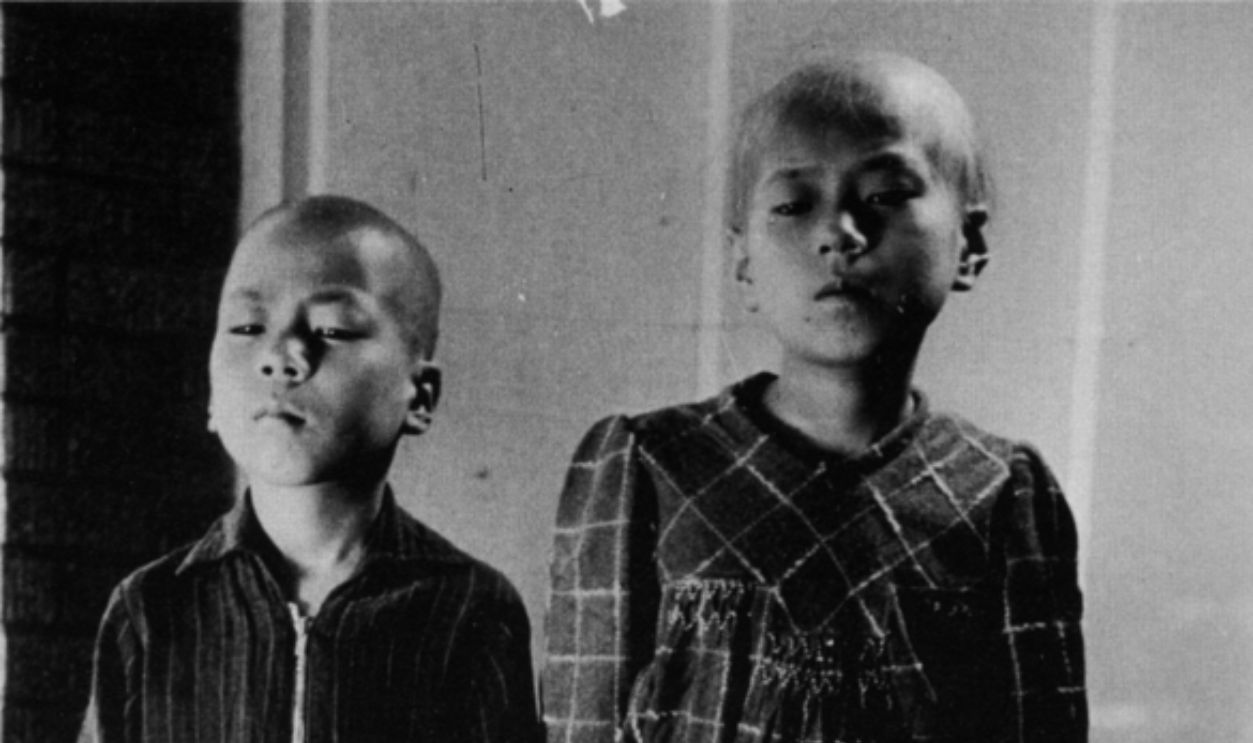 Kikuchi Shunkichi, Wikimedia Commons
Kikuchi Shunkichi, Wikimedia Commons
A Lasting Legacy
People like Tsutomu Yamaguchi, who survived both blasts, lived to tell horrifying stories. The legacy of the blasts is complex and involves profound human suffering, ethical debates, and geopolitical consequences. It's a stark reminder of the destructive power humans can wield and the responsibility that comes with it.
 Tsutomu Yamaguchi | Brainfeed Magazine by Brainfeed TV
Tsutomu Yamaguchi | Brainfeed Magazine by Brainfeed TV
A Different View
In contemporary societies, we see the blasts in a different light. The images of flattened cities and the suffering of survivors are etched into global consciousness. Survivors advocate for nuclear disarmament and share their stories to warn against nuclear horrors.
 Hiroshima: Dropping The Bomb - Hiroshima - BBC by BBC Studios
Hiroshima: Dropping The Bomb - Hiroshima - BBC by BBC Studios

